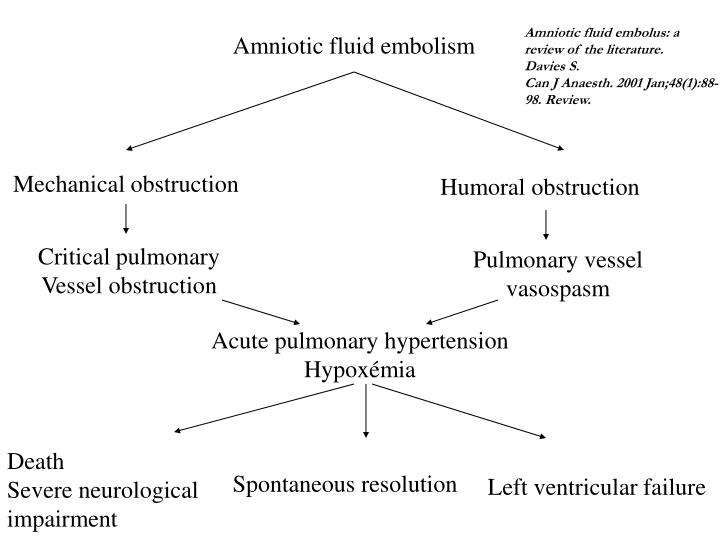

Tests for diagnosing pulmonary embolism include: Diagnosis can be challenging because other conditions have similar symptoms. They will carry out a physical examination. To reach a diagnosis, the doctor will look at the patient’s history and consider whether an embolism is likely. Other ways to decrease the risk include physical activity, regular exercise, a healthy diet, and giving up or avoiding smoking tobacco. An inflatable sleeve, glove, or boot holds the affected area and increases pressure when required.Ĭompression methods prevent blood clots by forcing blood into deep veins and reducing the amount of pooled blood. Compression of the legs is possible, using anti-embolism compression stockings or pneumatic compression.A high-risk patient may use anticoagulant drugs such as heparin or warfarin.PreventionĪ number of measures can reduce the risk of a pulmonary embolism. The patient will normally have to take medications regularly for an indefinite amount of time, usually at least 3 months. If the patient has low blood pressure, dopamine may be given to increase pressure. Thrombolytics include Activase, Retavase, and Eminase. However, but these carry a high risk of excessive bleeding. People who need anticoagulant medications should seek treatment with an anticoagulant management service, not their primary care physician.Ĭlot-busting drugs called thrombolytics may also be administered. Share on Pinterest Exercise is one of the best ways to prevent pulmonary embolism.Ī first step in treating most embolisms is to treat shock and provide oxygen therapy.Īnticoagulant medications, such as heparin, enoxaparin, or warfarin are usually given to help thin the blood and prevent further clotting.


 0 kommentar(er)
0 kommentar(er)
